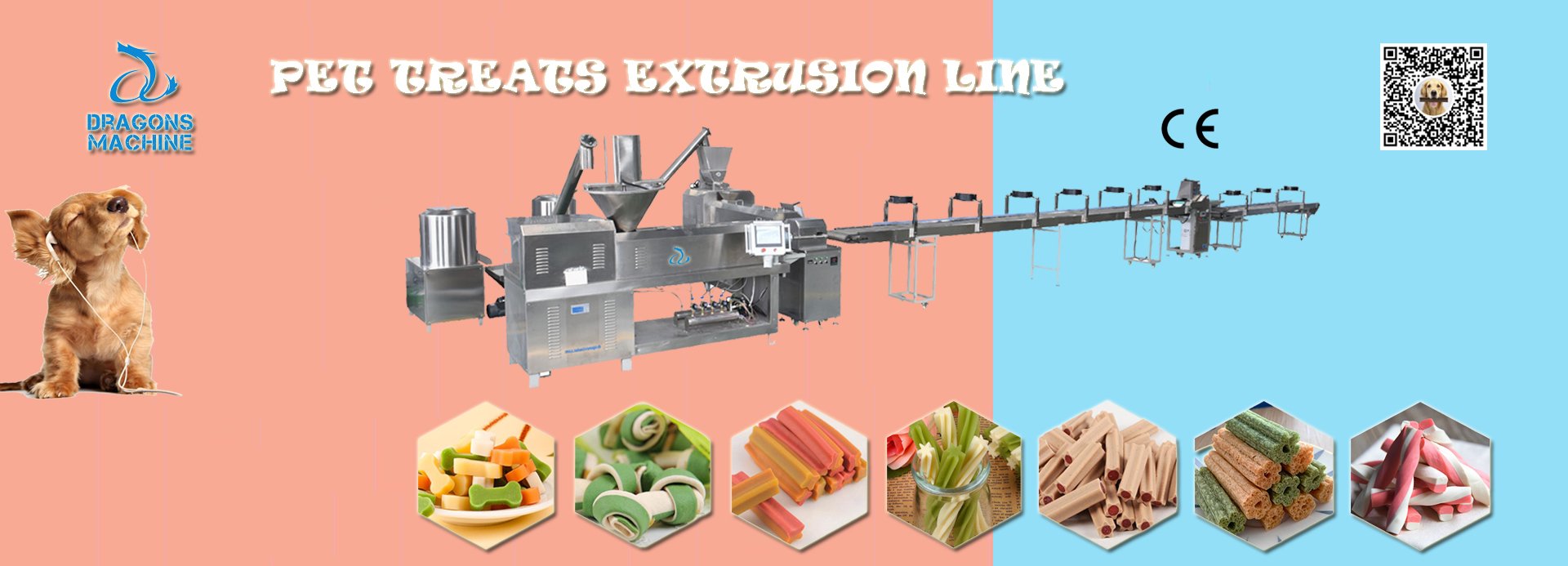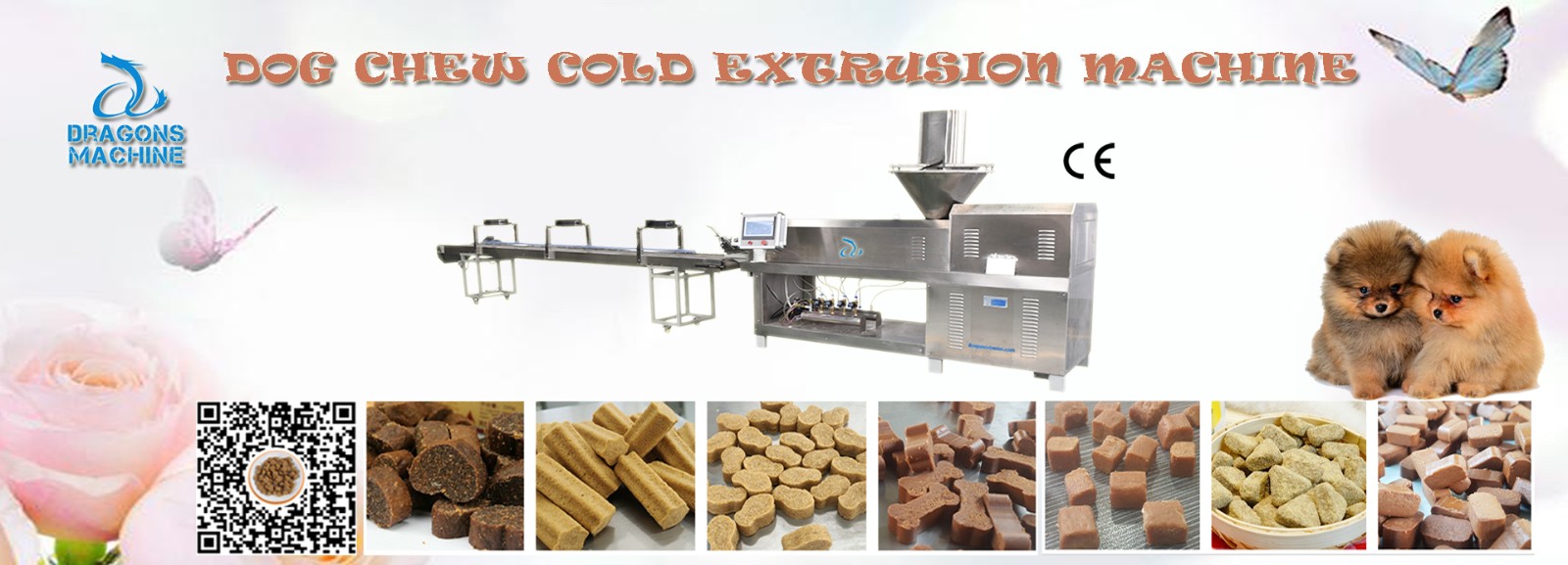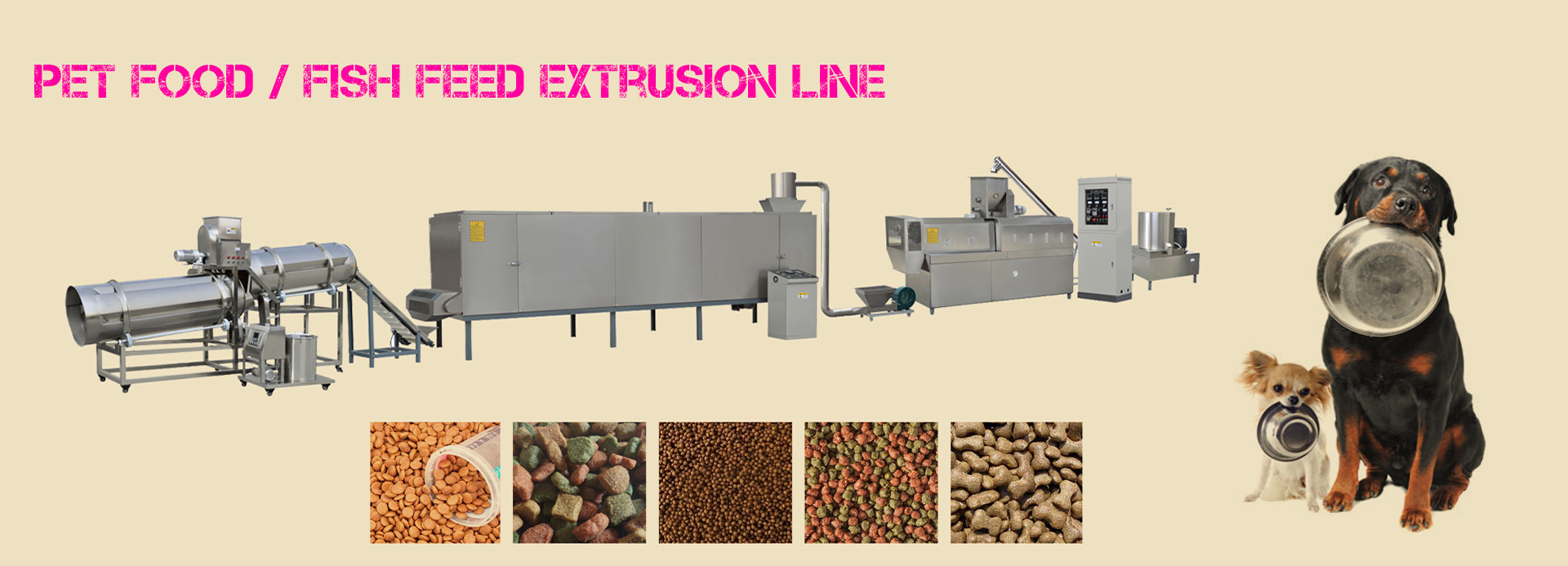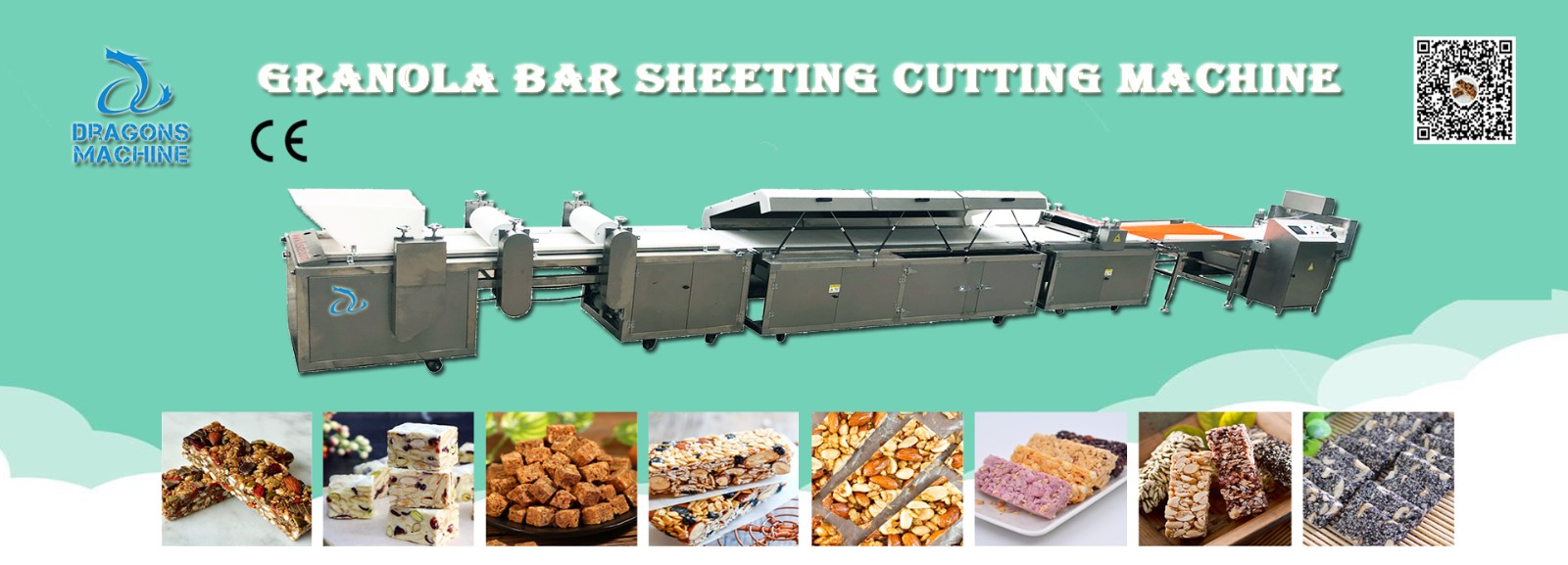Providing your furry friend with the right nutrition is paramount for their health and well-being. Just like humans, dogs require a balanced diet to thrive. The world of dog food offers a variety of options, each catering to different dietary needs, preferences, and lifestyles. In this article, we'll explore the different types of dog food, helping you make informed choices for your beloved pet.
Dry Dog Food (Kibble)
Dry dog food, often referred to as kibble, is one of the most common and convenient options for dog owners. It is made by extruding a mixture of ingredients, including meat, grains, vegetables, and essential nutrients. The extrusion process involves cooking the ingredients at high temperatures and pressures, resulting in a dry, shelf-stable product.
Advantages:
- Convenience: Kibble is easy to store, handle, and measure.
- Affordability: It's often a cost-effective option.
- Dental Health: Chewing kibble can help maintain dental health by reducing plaque and tartar buildup.
- Variety: There is a wide variety of kibble brands and formulations to suit different dietary needs.
Considerations:
- Quality Varies: The quality of ingredients in kibble can vary widely. Look for options with high-quality protein sources.
- Preservatives: Some brands may contain artificial preservatives and fillers. Choose options with limited additives.
- Hydration: Dogs on a dry food diet may require extra water intake.
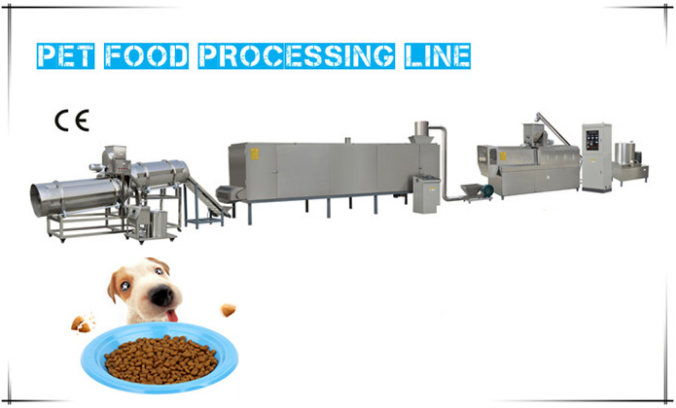
Dry Pet Food Extrusion Line
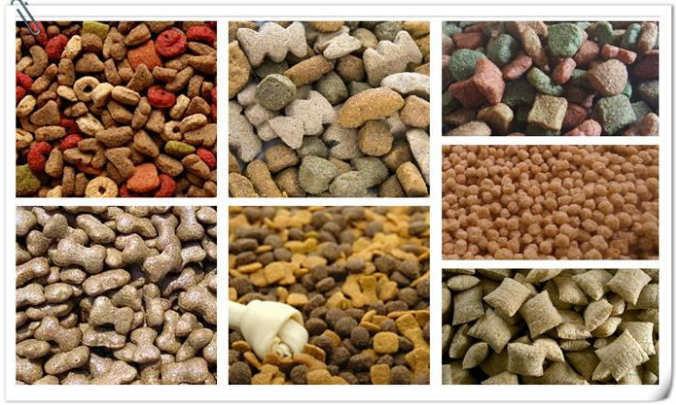
Wet Dog Food
Wet dog food, often referred to as canned dog food, contains a higher moisture content than dry food. It is made by blending various ingredients, including meat, vegetables, and grains, and then sealing them in cans or pouches. This type of food is typically more flavorful and aromatic, making it appealing to dogs.
Advantages:
- Hydration: The high moisture content helps keep your dog hydrated.
- Palatability: Wet food is often more appealing to picky eaters or dogs with dental issues.
- Variety: There is a wide variety of flavors and formulations available.
Considerations:
- Storage: Once opened, canned food must be refrigerated and used within a few days.
- Cost: Wet food can be more expensive per serving than dry food.
- Dental Health: Dogs solely on wet food may need extra dental care.
Raw Dog Food
Raw dog food, or the "raw food diet," is an option where dogs are fed uncooked ingredients, often mirroring a canine's ancestral diet. It typically includes raw meat, bones, organs, and vegetables. Some pet owners opt for commercially prepared raw food diets, while others prepare their own.
Advantages:
- Natural Diet: Advocates believe raw food mirrors a dog's natural diet and provides numerous health benefits.
- Improved Coat and Skin: Some pet owners report that raw diets result in shinier coats and healthier skin.
- Better Digestion: Raw food diets are said to be easier to digest for some dogs.
Considerations:
- Safety: Raw diets must be handled and stored safely to prevent contamination. There is also a risk of bacterial infections.
- Nutritional Balance: It can be challenging to ensure a balanced diet. Consult with a veterinarian or canine nutritionist.
- Cost: Raw diets can be expensive and time-consuming to prepare.
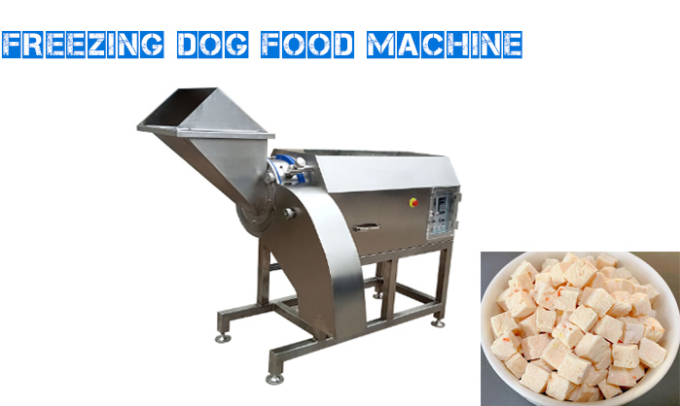
Freezing Dog Food Machine
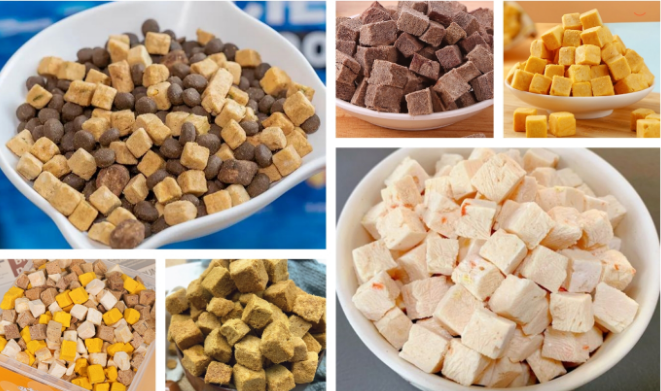
Freeze-Dried and Dehydrated Dog Food
Freeze-dried dog food is a convenient option that combines the benefits of raw food with the ease of dry kibble. Ingredients are gently freeze-dried or dehydrated to retain nutrients and flavor. This type of food can be rehydrated with water before feeding.
Advantages:
- Nutrient Retention: Freeze-drying and dehydration preserve nutrients better than traditional processing methods.
- Convenience: It's easy to store and prepare.
- Quality Ingredients: Many brands use high-quality, whole food ingredients.
Considerations:
- Cost: Premium quality freeze-dried and dehydrated foods can be expensive.
- Rehydration: Some dogs may need time to adjust to the texture of rehydrated food.
Conclusion
Choosing the right type of dog food for your beloved pet depends on various factors, including their age, breed, health, and dietary preferences. It's essential to consult with a veterinarian to determine the most suitable option for your dog's specific needs. Remember that a balanced diet, whether it's dry, wet, raw, or homemade, is key to ensuring your furry friend enjoys a healthy and happy life.
If you want to know more information about Pet Food Machine, please contact us: https://www.dragonextruder.com/contact-us/ We will provide professional answers.















